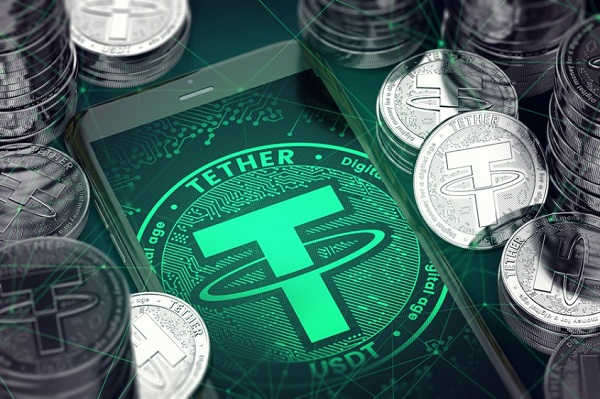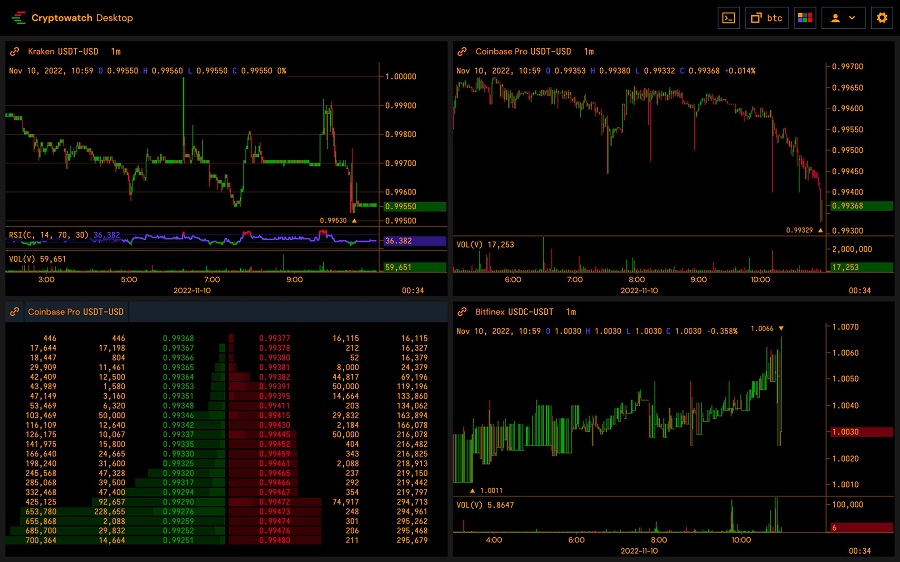
USDT Stable Coin Review: Bridging Crypto and Stability
USDT, or Tether, has emerged as a pivotal player in the cryptocurrency world. This extensive review delves into the history of cryptocurrency and USDT, the differences between stable and non-stable coins, the unique attributes of USDT, its usage rules, and concludes with an overall evaluation of its impact in the digital currency landscape.
Origins of Cryptocurrency and the Advent of USDT
The concept of cryptocurrency, a digital or virtual form of currency using cryptography for security, saw its first realization in Bitcoin in 2009. This groundbreaking development introduced a decentralized financial system outside the control of traditional banking. The success of Bitcoin led to the creation of various other cryptocurrencies, including USDT, known as Tether, introduced in 2014.
USDT was created to bridge the gap between fiat currencies and cryptocurrencies, offering stability in the volatile crypto market. It’s a stablecoin, which means it’s pegged to a fiat currency, in this case, the US Dollar, aiming to maintain a constant value unlike other cryptocurrencies whose value fluctuates dramatically.
Stable Coins vs. Non-Stable Coins: Understanding the Difference
Stable coins, like USDT, are designed to offer the best of both worlds: the instant processing and security of cryptocurrencies and the stable valuations of fiat currencies. They are pegged to stable assets like the US Dollar, gold, or a basket of currencies, which helps in reducing volatility.
In contrast, non-stable coins like Bitcoin and Ethereum are not pegged to any stable asset, leading to significant price fluctuations based on market dynamics. This makes them more suitable for investment and speculative trading rather than as a medium of exchange.
Benefits of Stable Coins in Digital Transactions
Stable coins provide a more predictable and stable medium for digital transactions, especially appealing for businesses and individuals looking for consistent value.
What Makes USDT Unique in the Crypto Space
USDT stands out in the cryptocurrency market for its stability and wide acceptance. Being pegged to the US Dollar, it offers minimal value fluctuation, making it a preferred choice for traders and investors who want to avoid the typical volatility of cryptocurrencies.
Moreover, USDT operates on various blockchain networks, increasing its accessibility and utility. It provides a safe haven during market downturns, allowing traders to park their assets without converting them back to fiat currency.
Adoption and Integration in the Financial Ecosystem
The widespread adoption of USDT in the trading community and its integration into various financial and trading platforms underscore its importance and utility in the cryptocurrency ecosystem.
Usage Rules and Regulations of USDT
USDT, like any other cryptocurrency, is governed by specific rules and regulations that vary by region. Users must adhere to know-your-customer (KYC) and anti-money laundering (AML) guidelines. It’s crucial for users to stay updated with the regulatory landscape to ensure compliant usage of USDT.
Additionally, USDT transactions, being irreversible and decentralized, require a high level of caution and understanding of cryptocurrency operations.

Future Potential and Expansion Possibilities of USDT
The potential for USDT in the future of finance is significant. Its stability and wide acceptance could make it a key player in not just cryptocurrency transactions but also in broader financial applications like remittances, payments, and settlements.
As the digital currency landscape evolves, USDT could play a pivotal role in the integration of cryptocurrency into everyday financial activities.
Conclusions: Assessing the Impact of USDT
In conclusion, USDT’s role as a stablecoin brings a much-needed element of stability to the cryptocurrency market. Its ability to combine the advantages of digital currency with the stability of fiat money makes it an essential asset in the crypto space. As the digital currency world continues to evolve, USDT is likely to remain a key player, influencing the future trajectory of cryptocurrency adoption and usage.
Similar articles
-
 How to Prepare a Cryptocurrency Portfolio for P...
How to Prepare a Cryptocurrency Portfolio for P...The European Union is entering a decisive phase in the …
-
 How Modular Blockchains Are Reshaping Crypto-Ca...
How Modular Blockchains Are Reshaping Crypto-Ca...Modular blockchain architecture is redefining how crypto-casinos operate in 2025. …
-
 How does cryptocurrency affect the development ...
How does cryptocurrency affect the development ...How does cryptocurrency affect the development of online casinos? There …
-
 Blockchain Gaming Analytics: How Developers Use...
Blockchain Gaming Analytics: How Developers Use...In 2025, blockchain technology continues to reshape the online gambling …
